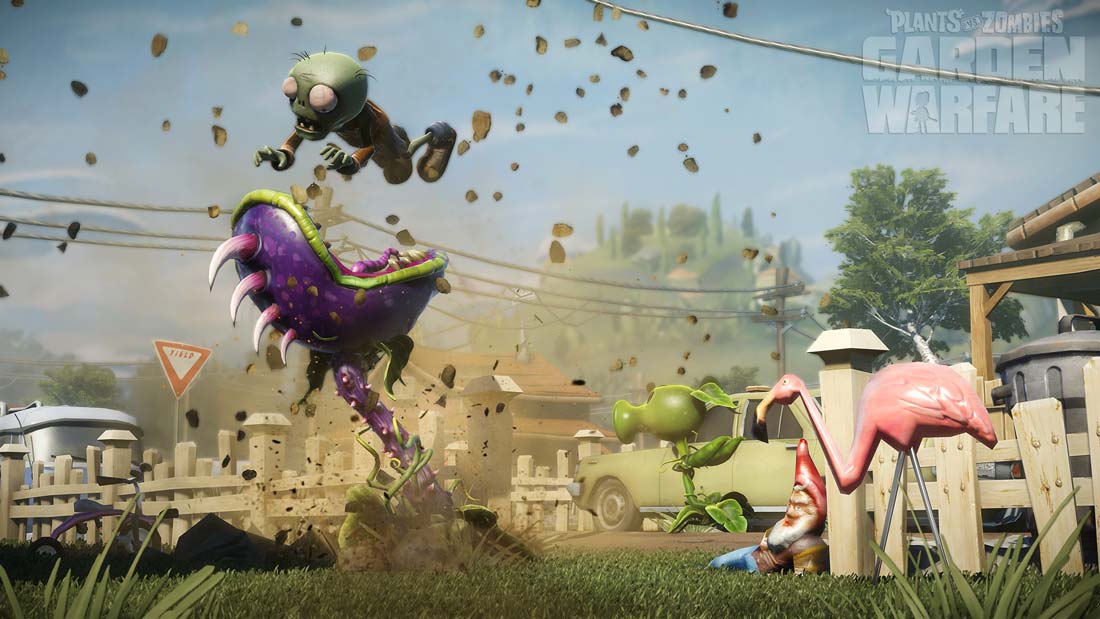Antibiotics VS Bacteria!
Who will win?
This is WAR!!!
Bacteria aren't only good for us, there good for plants as well. Without them plants wouldn't be able to conduct photosynthesis. Bacteria take out the nitrogen in the soil so the plants can receive it.
On the other hand bacteria can be very harmful. They can cause disease and kill millions of people every year. Strep throat, pneumonia and tuberculosis are just some of the many diseases bacteria cause. Thankfully there is medicine called antibiotics to save us.... kind of. Back when they were first invented antibiotics crushed most bacteria to a pulp. So useful that doctors decided to give them to people even when they weren't sick. Animals on farms were on a steady diet of antibiotics. Soon bacteria got used to antibiotics that they evolved. Some times when a bacteria mutates it becomes immune to certain antibiotics. It then reproduces and then you have an entire colony of antibiotic resistant bacteria. Bacteria are mutating faster than we can make new antibiotics. This has lead to the creation of super-bugs like MRSA which are resistant to most common antibiotics. MRSA has only become a threat because of our mistakes.
| MRSA |




